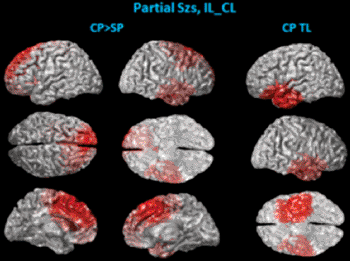Specialized Noninvasive Imaging Technology Successfully Used to Examine Epilepsy Patients
By MedImaging International staff writers
Posted on 30 Aug 2012
A study outlines how a new type of noninvasive brain scan taken immediately after a seizure gives important insight into possible causes and treatments for epilepsy patients and may lead to means of meeting the long-sought challenge of locating the brain regions responsible for seizures in individual patients.Posted on 30 Aug 2012
Most research has focused on studying patients during seizure, (technically, the “ictal” phase of a seizure) and some of these studies involved invasive methods such as surgery to collect data. In the new study, published online ahead of print August 24, 2012, in the journal Brain, a team of University of Minnesota (Minneapolis / St. Paul, MN, USA) biomedical engineers and researchers from Mayo Clinic (Rochester, MN, USA) used a novel approach by studying the brains of 28 patients immediately after seizures (technically, the “postictal” phase). A specialized type of noninvasive EEG with 76 electrodes was attached to the scalp for gathering data, in contrast to most previous research that used 32 electrodes. Specialized imaging technology was used to gather data about the patient.

Image: Brain scans of test patients show that the frontal lobe of the brain is most involved in severe seizures (Image courtesy of University of Minnesota).
The findings show that important data about brain function can be gathered through noninvasive methods, not only during a seizure, but immediately after a seizure. Specifically, the study shows that the frontal lobe of the brain is most involved in severe seizures, and that seizures in the temporal lobe are most common among adults. The new technique will further help determine the side of the brain where the seizures originate.
“This is the first-ever study where new noninvasive methods were used to study patients after a seizure instead of during a seizure,” said Bin He, PhD and biomedical engineering professor in the University of Minnesota’s College of Science and Engineering and senior author of the study; “It’s really a paradigm shift for research in epilepsy. The imaging technology that we developed here at the University of Minnesota allowed us to tackle this research and gather several thousand data points,” he added.
Related Links:
University of Minnesota
Mayo Clinic














